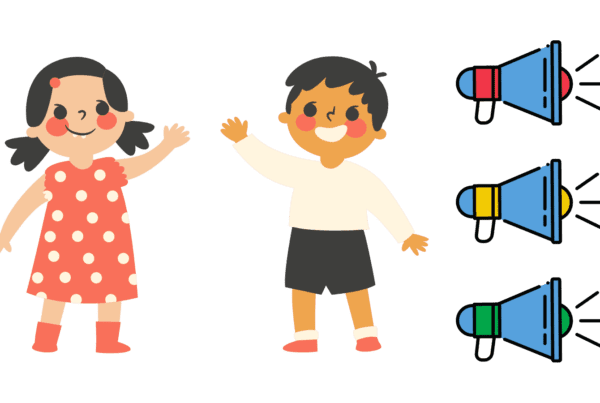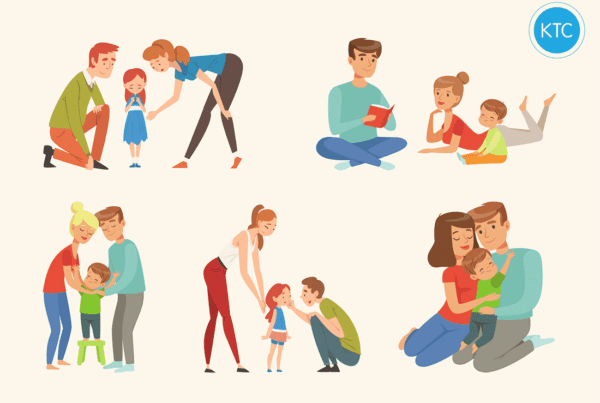Sleep Hygiene

Sleep hygiene refers to the good sleep habits individuals make that assist them to have a good night sleep. The average adult aged between 18-60 requires approximately 7 hours of sleep per night. For children aged between 3-5 years require 10-13 hours of sleep per 24 hours (inclusive of naps) and children aged between 6-12 years require 9-12 hours of sleep per 24 hours (Hirshkowitz et al, 2015). Although the amount of sleep your child gets is important, the quality of this sleep is also essential. The signs of poor sleep in children include not feeling rested after waking, repeatedly waking up throughout the night, feeling irritable and consistent “dozing off” throughout the day.
ESTABLISHING GOOD SLEEP HYGIENE FOR CHILDREN
Routine:
- Establish routines for all aspects of the day to support a healthy circadian rhythm. It is important that routines are consistent and waking times are the same on weekdays and weekends. If possible, ensure that the whole family has a bedtime routine. This can include having all family members going to their rooms at 8pm for quiet activities or sleep.
- It is beneficial to encourage your child to spend time outside in the mornings as the morning sunlight reinforces the body’s natural circadian rhythm. Examples to try include: eating breakfast outside, spending time outside before school or walking to school if possible.
- The bed time routine should include reducing all sensory stimuli (e.g. light, sounds and activity).
- Daily exercise – Encourage your child to engage in a minimum of 10 minutes of non-stop aerobic exercise to increase quality of sleep. Ensure this is completed in either the morning or midday to avoid alerting the body before bed.
- “Bedtime Pass” for helping the child stay in bed at bedtime – Children are allowed to use 1 bedtime pass to get out of bed (i.e. for a glass of water, hug from mum/dad). If they do not use their pass, they get a treat in the morning or a sticker on their chart!
Screen time:
- Avoid screens/blue light for a minimum of 30 minutes before bed (This is important for adults too!) Blue lights confuse circadian rhythm and suppress melatonin release resulting in it taking longer to fall asleep. It is encouraged to place technology out of children’s bedrooms to avoid distractions throughout the night.
Visual:
- If your child has a naturally light room you could try using blackout curtains during the evenings. It is recommended to reduce light in the household at bedtime to signal to children it is now time to calm down. If children are afraid of the dark you can try using warm coloured night lights.
Auditory:
- It is recommended to reduce overall household noise to assist children to remain calm prior to sleep. You can try using soft, ambient music to assist with this.
Proprioceptive:
- Lycra bed sheets – Lycra bed sheets provide deep pressure input that can assist to calm overstimulated children. Please note that some kids may love these whereas other children may not enjoy the sensation.
- Bamboo pillows – These help to wick away moisture and sweat throughout the night and assist to regulate the child’s body temperature.
Touch:
- If possible try to reduce the temperature within the child’s room. Research shows that 20°C is ideal.
- Baths – For some children baths can be calming and assist with quiet time before bed, however for others this can be an alerting activity therefore would be more suited to before dinner.
Smell:
- Some children may find essential oils soothing which assists in slowing down and calming their bodies to prepare for sleep.
References:
1. Hirshkowitz M, Whiton K, Albert SM, Alessi C, Bruni O, et al. The National Sleep Foundation’s sleep time duration recommendations: methodology and results summary. Sleep Health. 2015;1(1):40–43.





